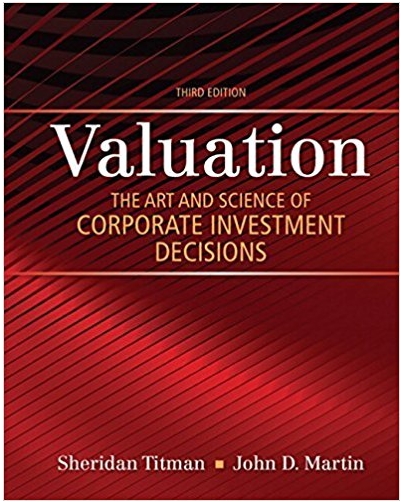Lampkin Manufacturing Company has two projects. The first, project A, involves the construction of an addition to
Question:
When the question arose as to what discount rates the firm should use to evaluate the two projects, Lampkin’s CFO, Paul Keown, called his old friend Arthur Laux, who works for Lampkin’s investment banker.
Art, we’re trying to decide which of two major investments we should undertake, and I need your assessment of our firm’s capital costs and the debt capacities of both projects. I’ve asked my assistant to email you descriptions of each. We need to expand the capacity of our manufacturing facility, and these two projects represent very different approaches to accomplishing that task. Project A involves a traditional plant expansion totaling $ 3.2 million, while project B relies heavily on outsourcing arrangements and will cost us a little more up front, $ 3.4 million, but will have much lower fixed operating costs each year. What I want to know is, How much debt can we use to finance each project without putting our credit rating in jeopardy? I realize that this is a very subjective thing, but I also know that you have some very bright analysts who can provide us with valuable insight.
Art replied:
Paul, I don’t know the answers to your questions right off the top of my head, but I’ll put some of our analysts on it and get back to you tomorrow at the latest.
The Next day, Art left the following voice-mail message for Paul: Paul, I’ve got suggestions for you regarding the debt-carrying capacity of your projects and current capital costs for Lampkin. Our guys think that you’ve probably got room for about $ 1,200,000 in new borrowing if you do the traditional plant expansion project, in other words, Project A. If you decide on project B, we estimate that you could borrow up to $ 2,400,000 without realizing serious pressure from the credit rating agencies. If the credit agencies cooperate as expected, we can place that debt for you with a yield of 5%. Our analysts also did a study of your firm’s cost of equity and estimate that it is about 10% right now. Give me a call if I can be of additional help to you.
a. Assuming that Lampkin’s investment banker is correct, use book value weights to estimate the project-specific costs of capital for the two projects. (The only difference in the WACC calculations relates to the debt capacities for the two projects. Also, the firm’s tax rate is 35%. )
b. How would your analysis of project-specific WACCs be affected if Lampkin’s CEO decided that he wanted to deliver the firm by using equity to finance the better of the two alternatives (i.e., project A or Project B)?
Cost Of Equity
The cost of equity is the return a company requires to decide if an investment meets capital return requirements. Firms often use it as a capital budgeting threshold for the required rate of return. A firm's cost of equity represents the...
Fantastic news! We've Found the answer you've been seeking!
Step by Step Answer:
Related Book For 

Valuation The Art and Science of Corporate Investment Decisions
ISBN: 978-0133479522
3rd edition
Authors: Sheridan Titman, John D. Martin
Question Posted:





